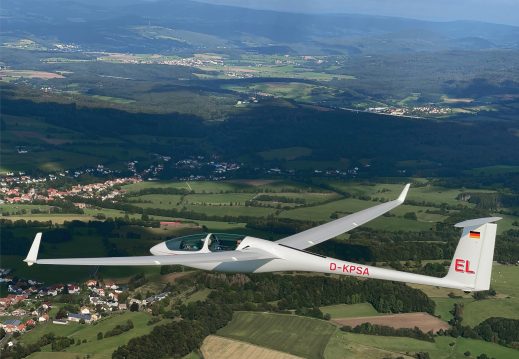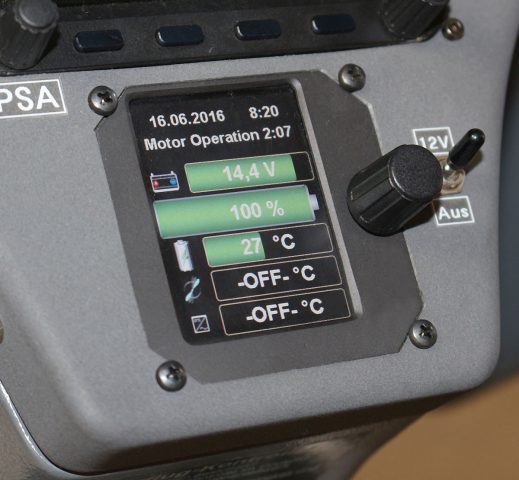One of few!
The ASG 32 El was one of only a few glider types to be certified for a sustainer assisted aerotow.
High mass
More and more gliders are being equipped with electric propulsion systems. However, in addition to their advantages, the electric propulsion systems also bring an increase in weight. Whether it’s a single-seater with an electric engine or a two-seater like the ASG 32 El, the batteries for operation increase the empty mass.
Increased safety
Since the tow planes did not undergo any further development with regard to the higher masses, they increasingly reached their limits.
In the meantime, 90% of the aircraft delivered have some kind of propulsion system installed. If this could be used in aerotow, aerotowing would become much safer. The ASG 32 El is one of only a few glider types that has now been certified for sustainer-assisted aerotow. Due to constructional restrictions, this certification will not be possible for FES systems or currently common sustainer, but primarily for retractable engines with power control such as our El system.
How to use it
We want to show you how this works using the routine in the updated ASG 32 El manual.
The procedure is as follows:
- Power-plant main switch: ON (power-plant instrument on)
- Power lever: EXTEND (until the noticeable stop position)
- Observe correct extension process in the mirror, blue message „PRESS Starter Button“ appears, propeller holds in vertical position
- Pre take-off check
- Trim: NEUTRAL
- Attach tow rope
- Wheel brake: ENGAGE (fully extended airbrakes)
- Propeller area: CLEAR
- Starter: ENGAGE, motor still holds position
- Power setting 50% (≈ half travel / 12 kW)
- Tighten towrope (clear for take-off)
- During roll-up: retract airbrakes, power setting 100%
- Proceed like a normal aerotow
It should be noted that the engine assistance is intended purely as a safety feature and not to compensate for the lack of power of the tow plane. The towplane must still be able to get the ASG 32 El into the air without engine assistance. It only provides an additional safety buffer to the terrain and brings the aircraft out of ground proximity even faster.
Officially and with manual pages for take-off support, only a few types such as the ASH 25 E or the DG 1000 T were equipped so far. These aircraft types received this addition according to older certification regulations, which were not applicable to the ASG 32 and had to be adapted to today’s standards.
Supporting the EASA
Our team supported the EASA in the development & testing of the new guidelines and certification regulations for the sustainer assisted aerotow.
After many tests and verifications, the time had finally come. With the TM 12 for the ASG 32 El, this support is now approved and may be performed. Apart from a change in the manual, no changes have to be made to the ASG 32 El for this purpose.
The new regulations developed in cooperation, in the form of a so-called “Special Condition”, have been published by EASA for everyone. This opens the way for all aircraft types that meet the requirements and for which certification of sustainer assisted aerotow is sought.
The video shows one of our many test launches at the Wasserkuppe. The testing programme, delayed by the new regulations, included programme points such as aborted take-offs at various stages of the aerotow.




